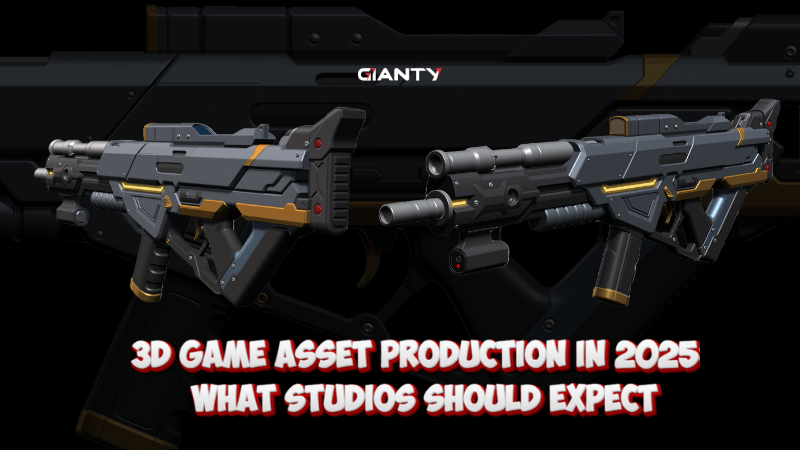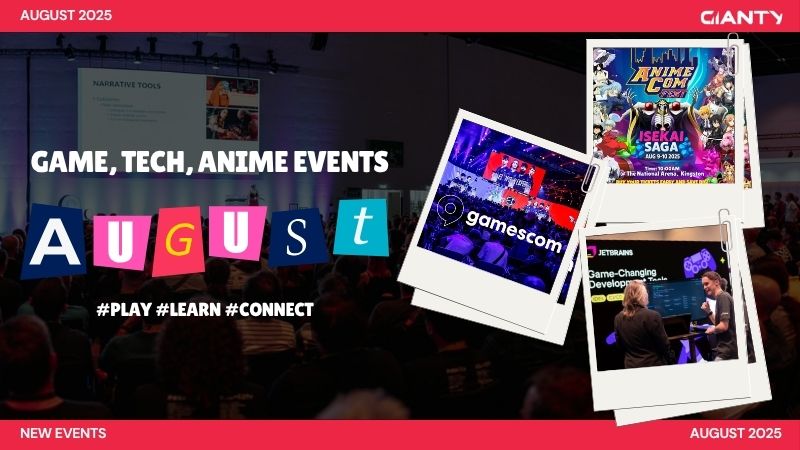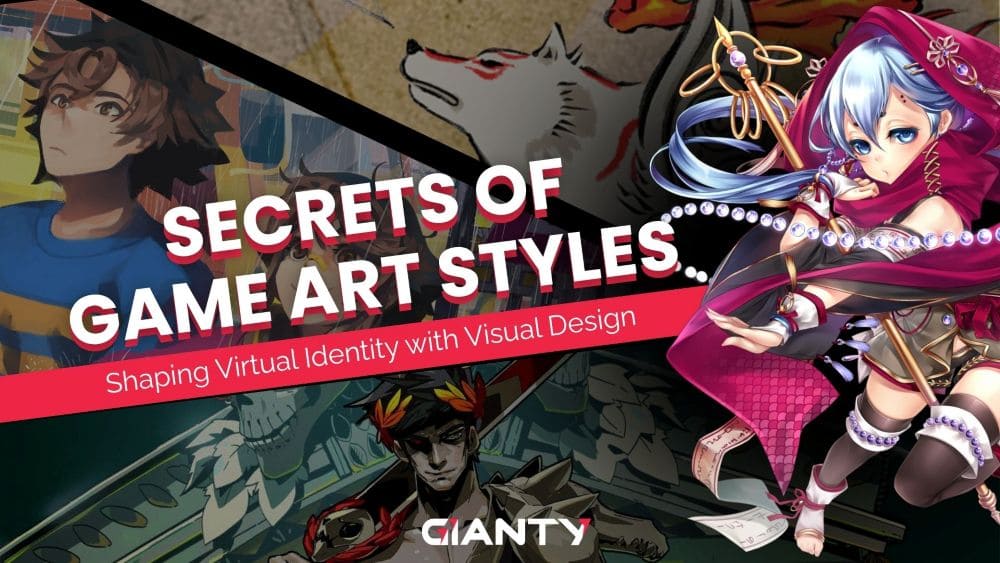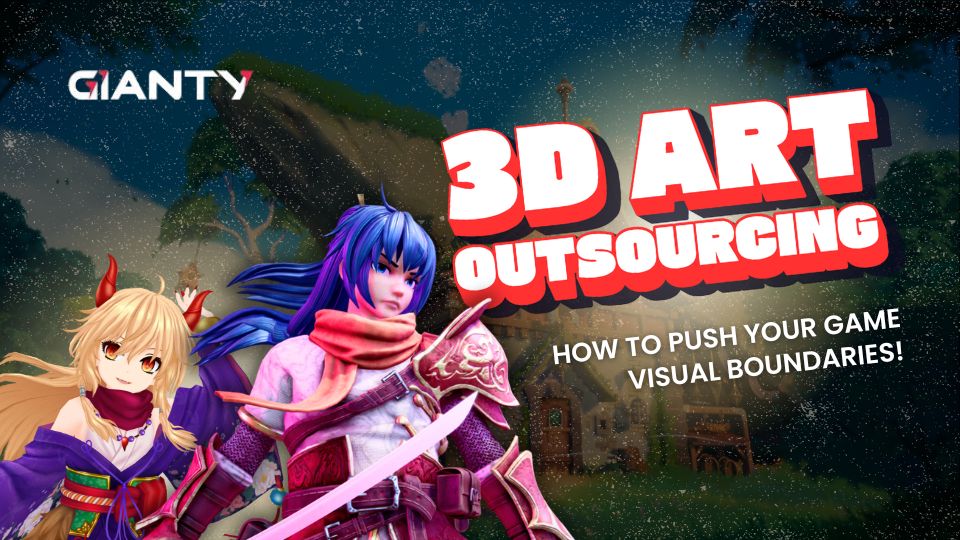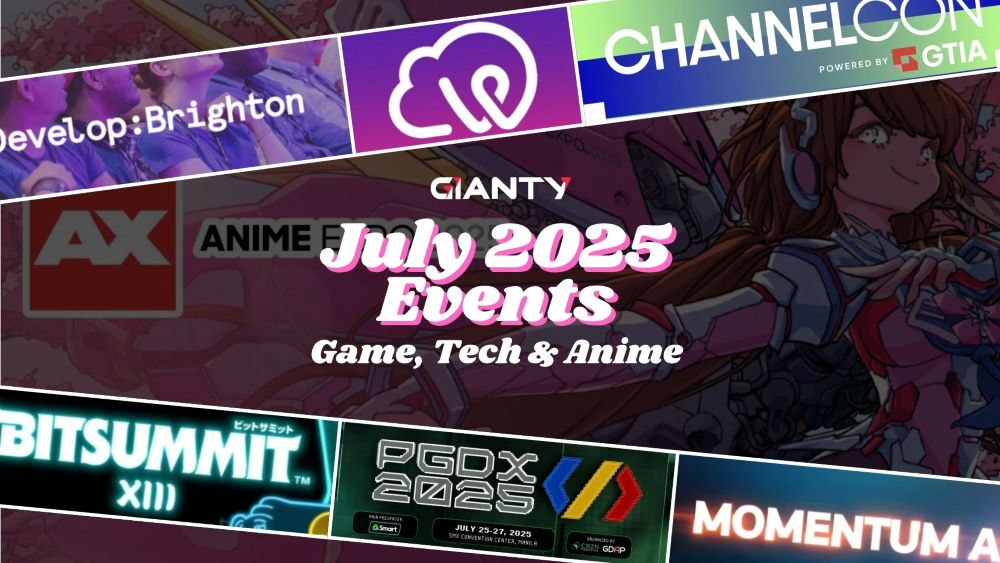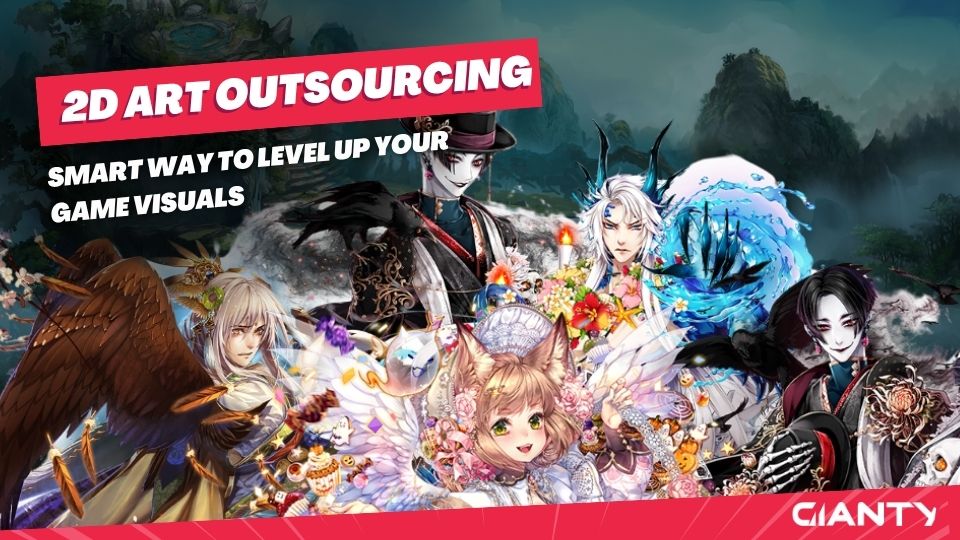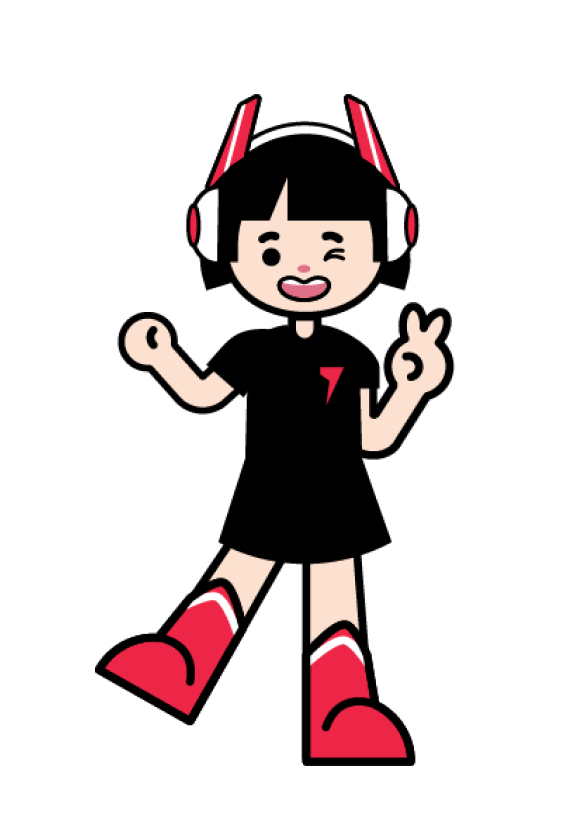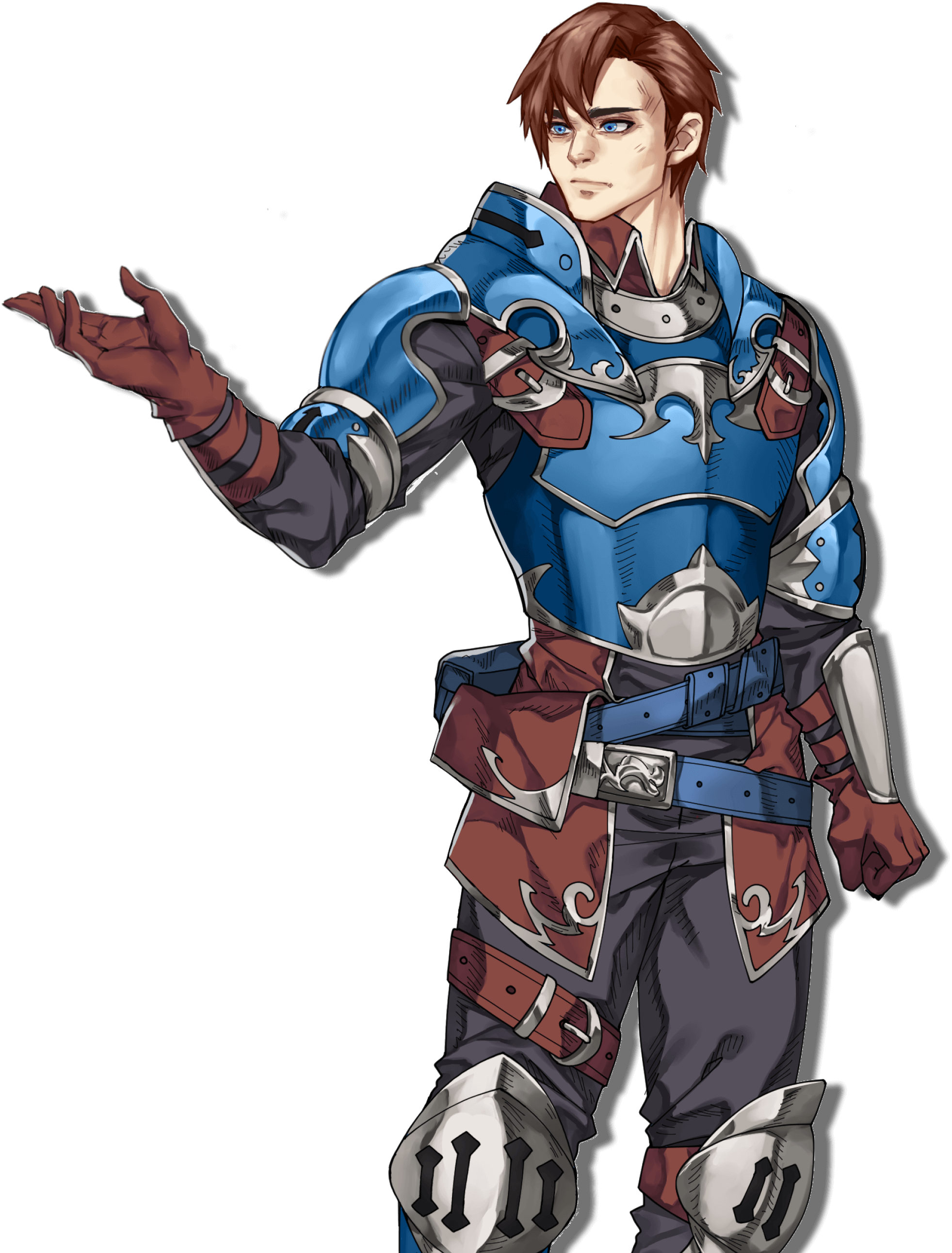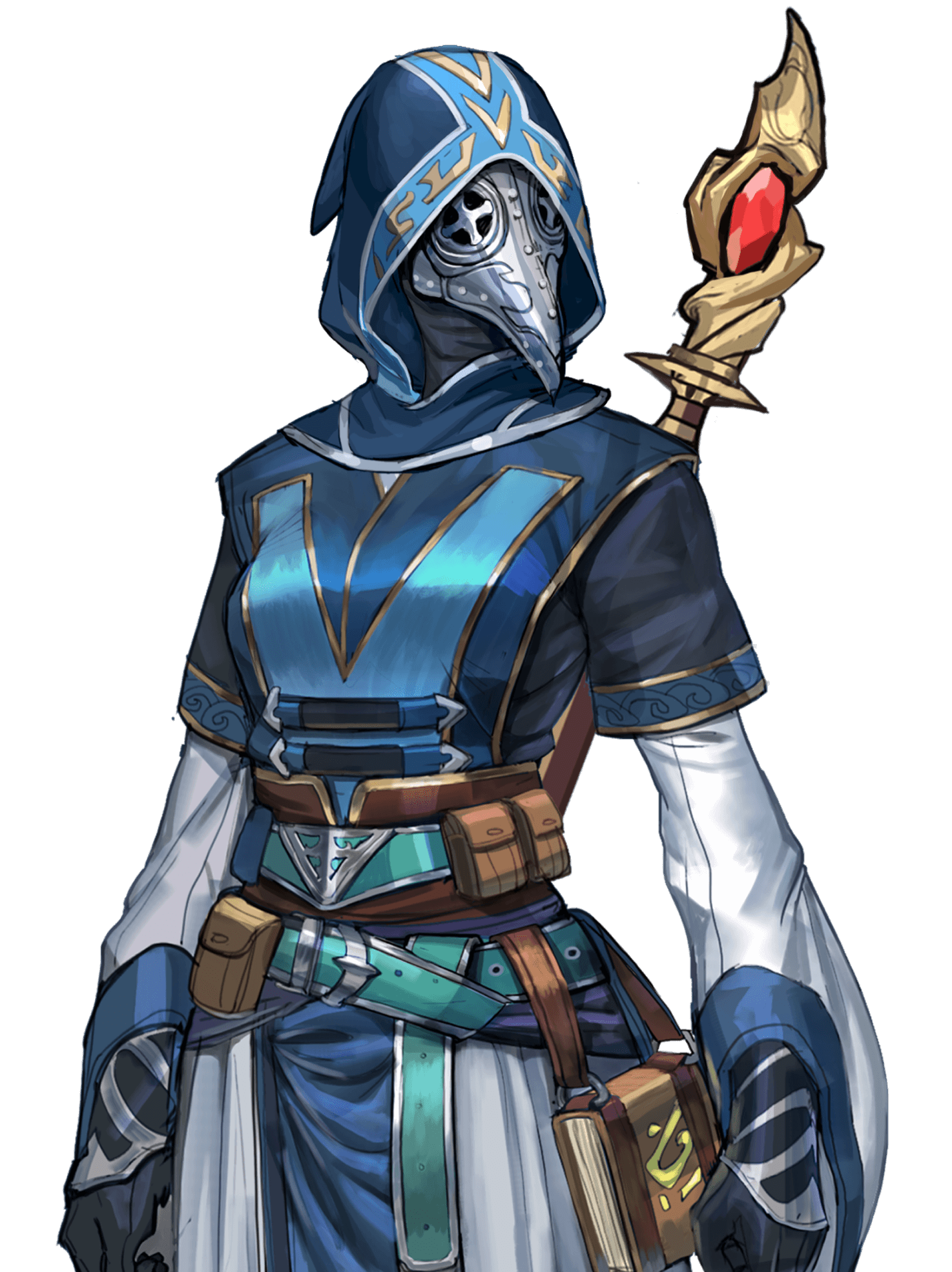Contrary to popular opinion, 2D art animation is far from obsolete, even if 3d animation has become the default visual language across many industries.
In fact, the widespread adoption of 3D comes with a downside: it’s getting harder for businesses to stand out. When everything looks the same, brands that long to be memorable need to break the mold.
And that is precisely where 2D animation comes in. 2D art animation is not only still going strong but also carving out a distinct creative and commercial advantage.
In this blog, we’ll take a look at the current state of things and explore the different ways 2D art animation can benefit in terms of production as well as relevance.
The Current State of the Animation Industry
Animation today is central to numerous different industries such as entertainment, advertising, gaming, and product marketing.
It has evolved into a critical storytelling and branding tool with a global market value of $391.48 billion in recent years and its growth shows no signs of slowing down.
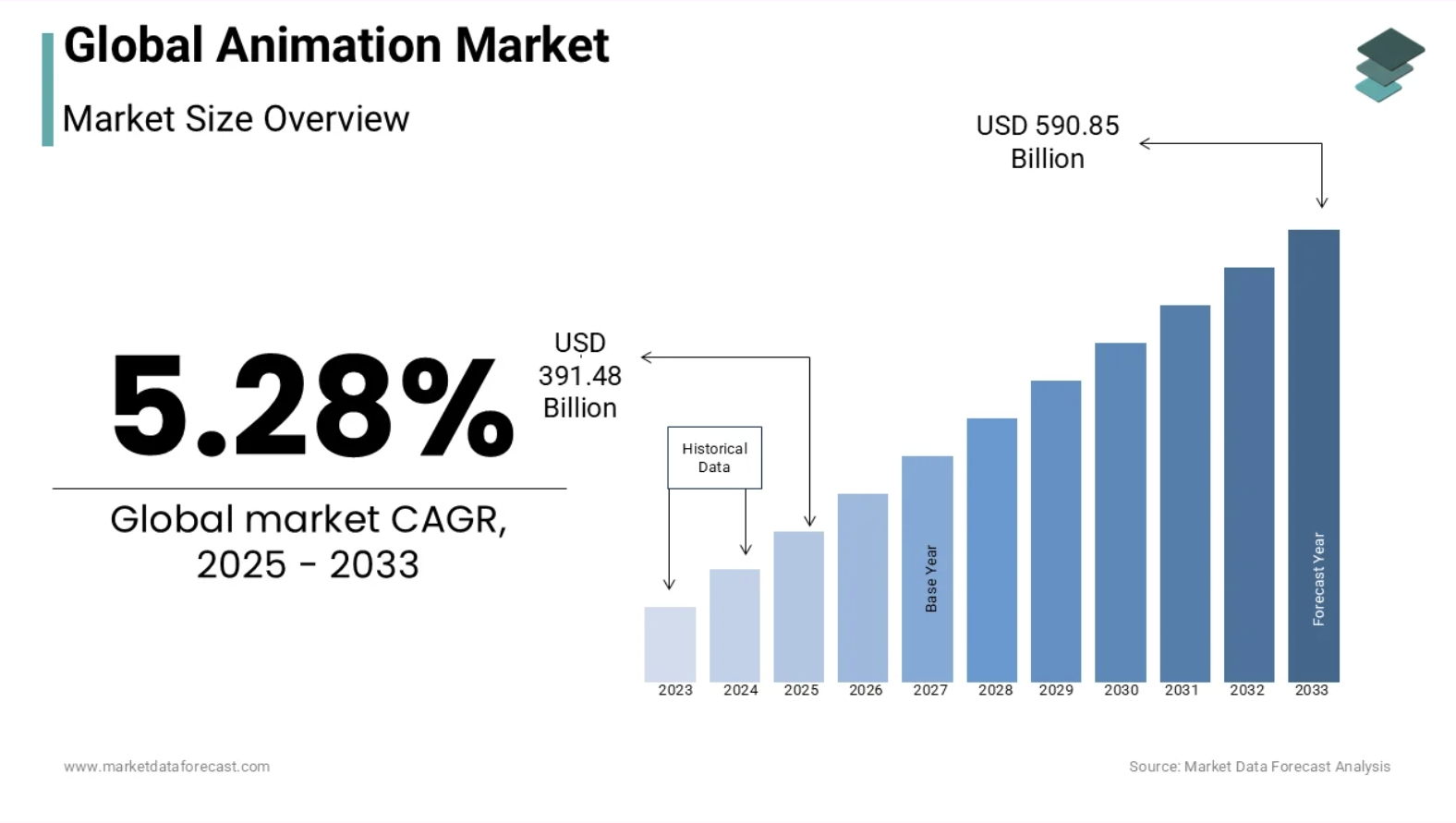
In Western markets, 3D animation dominates. Its cinematic polish and technical flexibility made it the go-to format for everything from movies to explainer videos and game cinematics.
Major studios and marketing teams often default to 3D for visual depth and widespread audience appeal – especially amongst younger generations raised on this type of content.
But while Western studios shifted toward 3D in the 2010s, many international markets continued to cultivate and innovate within the 2D space with the current 2D animation software market being valued at $35.64 billion and expected to grow steadily at a rate of 12.3%, reaching $92.3 billion by the end of 2030.
It showcases exactly how much in demand 2D art animation currently is.
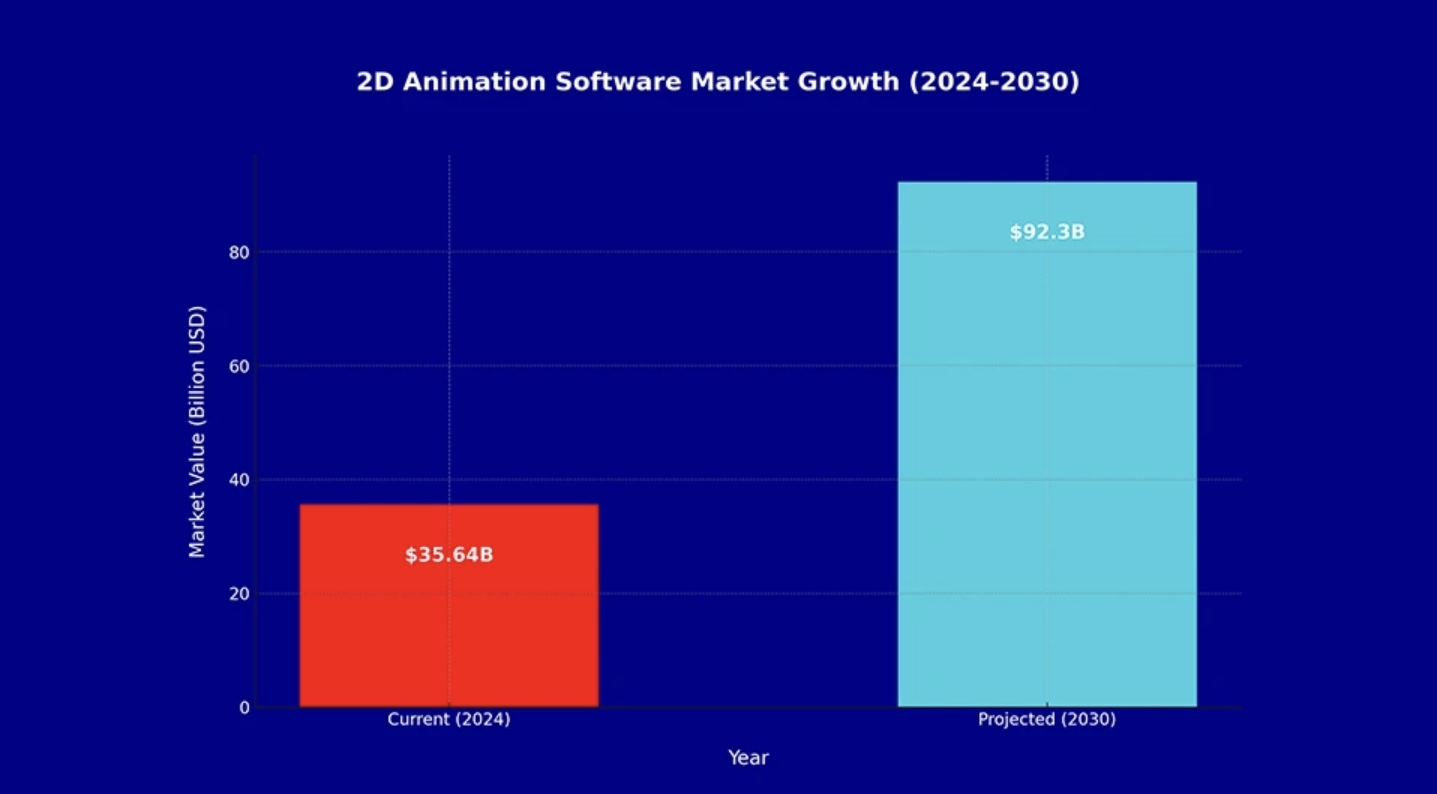
Today, 2D art animation as well as hybrid approaches that incorporate 2D into 3D content are increasingly used as intentional creative decisions that signal brand uniqueness and recapture the audience’s attention.
In short, the industry isn’t just about choosing 2D or 3D anymore. It’s about leveraging the right medium to create visual impact, emotional resonance, and strategic brand alignment.
Strategic of 2D Art Animation
1. Cost & Speed Advantages
Unlike 3D animation, which requires complex modeling, rigging, and rendering, 2D animation has simpler production processes.
This results in lower production costs, which is particularly beneficial for startups, small businesses, and indie developers who may not have access to large budgets or resources.
By minimizing the need for expensive technology and technical expertise, 2D animation enables companies to produce high-quality content without breaking the bank.
Outsourcing art and animation can further reduce production time and cost as specialized providers, such as GIANTY, can quickly scale up or down, adapt to various art styles, and align with the creative direction, allowing teams to focus on core development while maintaining visual excellence.
In terms of pricing, 2D animation is considerably more budget-friendly than 3D. Depending on factors such as the animation style, complexity, and level of detail, 2D art animation services typically range from $5,000 to $25,000 per minute.
By comparison, 3D animation costs are often double that, due to the added time, technology, and personnel required.
2. Creative Flexibility
2D art animation offers unmatched versatility in visual storytelling. Because it isn’t bound by the physical constraints of 3D modeling or rendering, creators have the freedom to craft virtually any aesthetic – from detailed hand-drawn frames to bold, graphic styles.
This flexibility allows brands and studios to develop a strong, cohesive visual identity that stands apart in crowded markets.
Whether the aim is a nostalgic 90s anime look, abstract motion graphics, or a slick modern aesthetic, 2D allows for rapid iteration and experimentation.
Additionally, maintaining visual consistency across characters, environments, and animation sequences is more straightforward in 2D, which can enhance brand recognition and storytelling coherence.
3. Emotional & Nostalgic Appeal
2D animation taps into a deep well of emotional resonance for many viewers. Millennials and Gen Z, who are now key demographics for streaming platforms, social media, and digital marketing, grew up with iconic 2D cartoons, anime, and games.
As a result, 2D visuals often evoke a sense of comfort, familiarity, and authenticity that newer, ultra-realistic 3D styles sometimes lack.
This nostalgic power can enhance emotional storytelling and deepen audience engagement.
In fact, the backlash against 3D remakes of beloved franchises or even new 3D content has shown that fans often crave the expressive, warm qualities of traditional 2D animation.
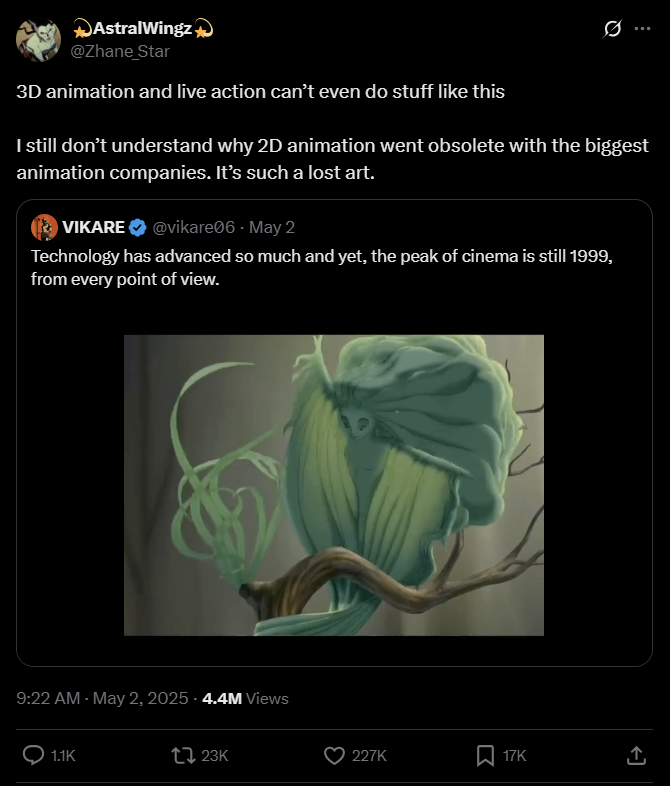
Leveraging this connection not only builds loyalty but can also reignite interest in long-dormant IPs or rebranded campaigns.
The Eastern Influence on 2D Art Animation Through Anime
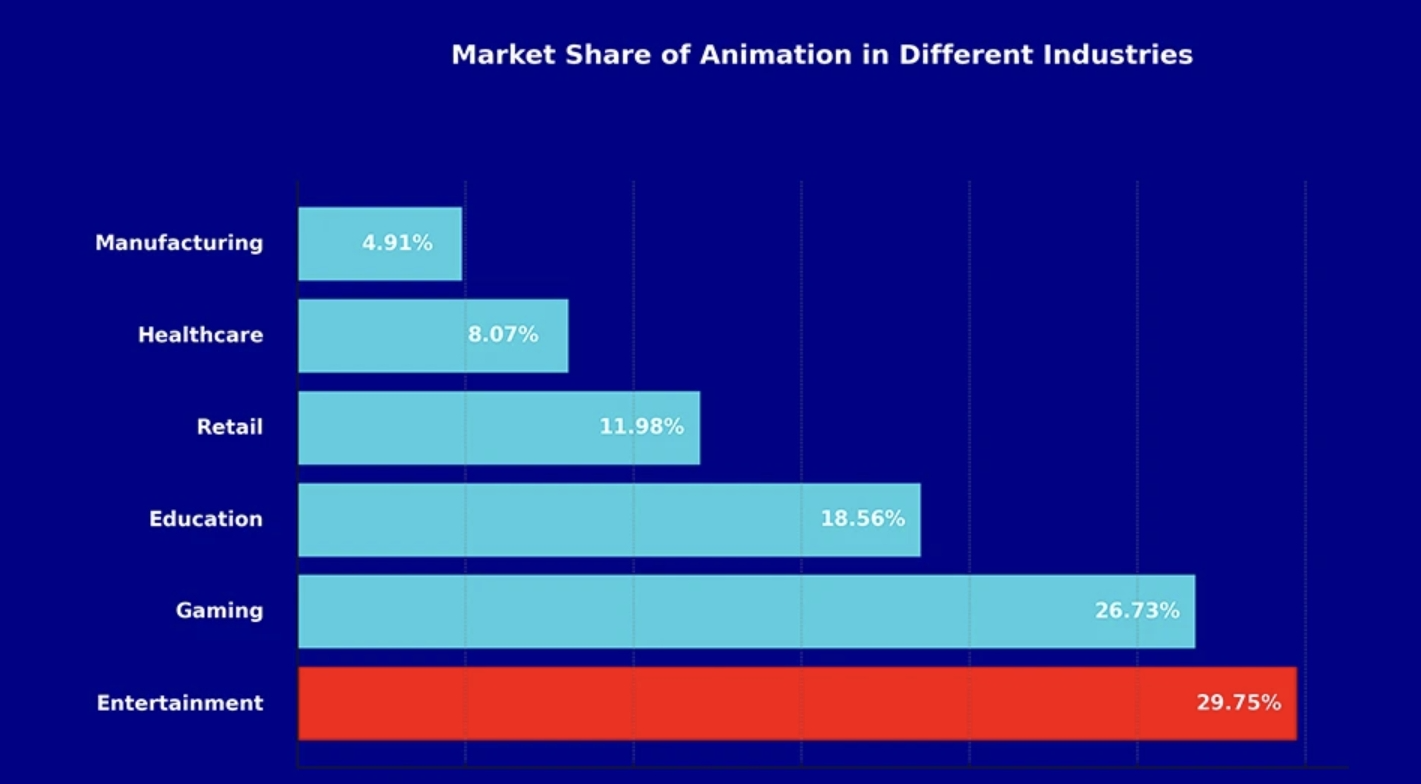
Entertainment remains one of the largest drivers of global demand for animation with 29.75% of market share, and within that realm, anime stands as a dominant force.
In Asia – and especially Japan – 2D animation isn’t merely a stylistic choice but a deeply embedded cultural phenomenon, dominating the market with the largest market share of 42% in 2024.
It’s more than just a genre. It’s a storytelling language that influences fashion, technology, music, gaming and even social values.
Globally, anime has evolved from niche fandom to mainstream powerhouse, with a value of $81.96 billion in 2024 and estimated to more than double in size by 2034 with $203.68 billion.
Platforms like Netflix, Crunchyroll, and even Disney+ have invested heavily in anime content, signaling its widespread appeal.
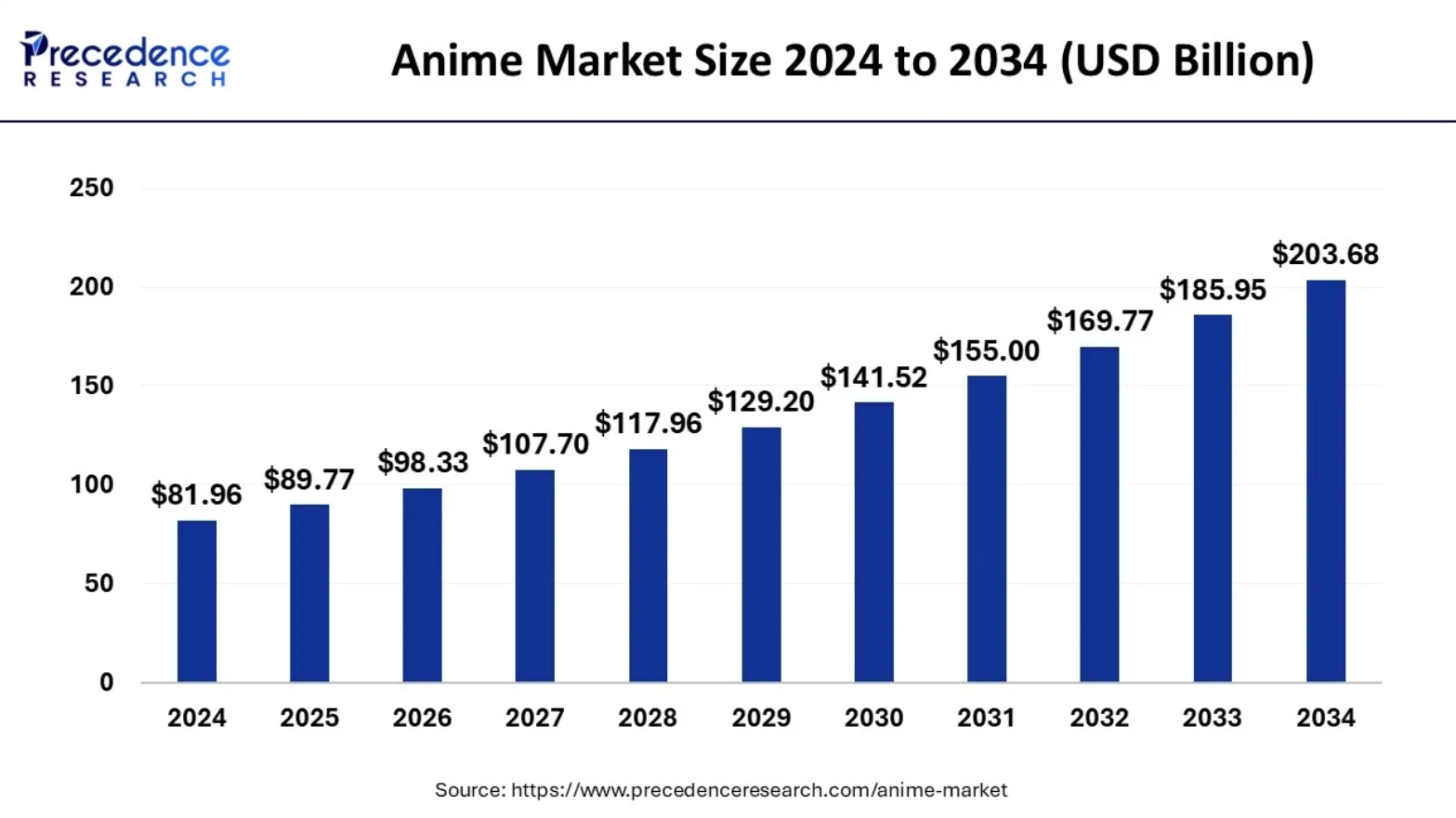
What sets anime apart is its ability to blend emotional depth, stylized visuals, and imaginative storytelling in ways that resonate across age groups.
Companies that incorporate anime-inspired styles into their campaigns are tapping into a visually rich aesthetic with an emotionally engaged audience. Brands that align themselves with this cultural force often see increased engagement, stronger brand affinity, and viral potential.
The Rising Trend of Incorporating 2D Into 3D
With all the new releases of content, people have taken note that animation studios aren’t limiting themselves to one style anymore. They’re pushing boundaries by exploring the creative potential of using both 2D and 3D animation within a single project.
In Gaming:
Games like Black Myth: Wukong demonstrates this trend effectively, using 2D art animation in cutscenes alongside fully 3D gameplay.
The shift in visual style is a deliberate artistic choice and makes the 2D sequences stand apart, emphasizing mythic elements, flashbacks, or emotional beats in a way that feels distinct from the immersive 3D action.
In Animated Shows:
One very recent example is the Chinese Donghua To Be Hero X. While the core of the series is produced in 3D, its most intense or expressive sequences – especially fight scenes – are delivered in bold, highly stylized 2D.
What’s particularly striking is how 2D art animation isn’t just used for action, but to give certain characters a unique visual identity. As of now, some characters seem tied to a particular 2D art style unique to them, making introductions feel dramatic and distinct.
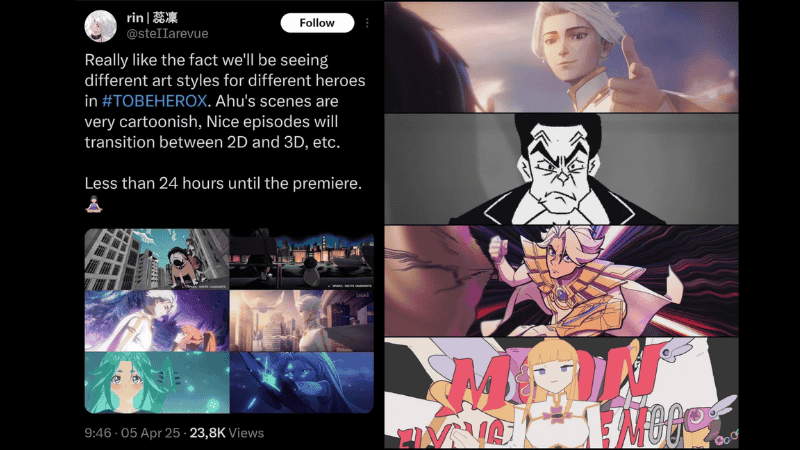
In both cases, 2D art animation isn’t filler or nostalgia. It’s doing something specific. It brings emotional clarity, visual drama, and artistic contrast that 3D alone often can’t.
Why Now Is the Time to Invest in 2D Art Animation
For brands looking to cut through 3D fatigue in Western markets while appealing to Eastern audiences, 2D animation offers a strategic edge. It delivers:
- Faster production cycles
- Distinctive visual identity
- Emotional storytelling
- Better ROI in targeted campaigns
Whether you’re launching a mobile game, marketing a new product, or developing an original IP, 2D animation brings both artistic depth and business agility.
Stand Out, Don’t Blend In
2D animation remains a powerful and widely embraced tool for businesses worldwide, particularly in markets where its artistic depth and emotional storytelling have a proven track record.
Companies across industries are increasingly leveraging 2D art animation to engage audiences, communicate brand values, and distinguish themselves in a competitive digital landscape. It is not just a stylistic choice; it is a strategic advantage.
Ready to explore high-quality 2D animation?
GIANTY offers deep expertise in anime-inspired art, game assets, animation and creative storytelling. Whether you’re developing a product, launching a campaign, or enhancing your brand identity, we can help bring your vision to life with vibrant style and global appeal.



